"Hello, I want to switch to a new iPhone, but I am looking to back up music on my old phone to iCloud. How can I move music on my phone to iCloud storage?"
Different situations might permit you to move music on your device to iCloud. Perhaps you want to factory reset your Mac or iOS device, switch to a new device, etc.
Regardless of why you want to move music to iCloud storage, this guide has covered the four best methods to carry out the operation without complication.

Part 1: How To Add Music to iCloud Music Library from Computer
If you want to move music on your Mac or Windows computer to iCloud, you can easily add them to the iCloud Music Library via iTunes. Yes, the iCloud Music Library feature allows you to store music files in iCloud, though it's only available to users who are subscribed to Apple Music or iTunes Match.
Here is how to use iCloud Music Library to move music on the computer to iCloud.
Step 1: Open the iTunes app on your Mac or Windows computer.
Step 2: Click File from the top-right corner and select Add File to Library.

Step 3: Choose the music file you wish to move to iCloud and click Open.

Step 4: Once you upload the music file(s), navigate to your Library and find the name of the music you just uploaded. You should notice a cloud icon next to it. Click the three-dots icon next to the cloud icon next to it.

Step 5: Select Add to iCloud Music Library from the drop-down menu.

Your music file should upload to iCloud within a few seconds. Afterward, you will no longer see the cloud icon next to the song.
Note: You must have enabled iCloud Library Music on iTunes to perform this operation.
Part 2: How To Move Music to iCloud Storage on a Computer
Besides using iCloud Music Library, you can also move music to iCloud storage by uploading them directly to iCloud Drive. You need to complete the following steps to get the job done;
Step 1: Open the iCloud Drive website on your Mac or Windows PC browser and log in to your account using the correct Apple ID and Password.

Step 2: Click the Upload icon next to the Folder icon at the top left corner.

- Select the music files that you wish to move to iCloud.

Step 3: Your music should be uploaded to the iCloud drive within a few minutes.
The methods above will allow you to move music to iCloud storage on the computer. However, if you're looking to operate an iPhone, you need to keep reading to find out how it works.
Part 3: Move Music to iCloud Storage on iPhone
There are also different methods to move music to iCloud storage on an iPhone. For example, you can get the job done by backing up the iPhone to iCloud, moving music files directly to iCloud, or enabling iCloud music library on iPhone.
We've explained how to use each method below;
Method 1: Back up to iCloud
You can back up your iPhone to iCloud to move music to iCloud storage. However, by using this method, you won't only move music to iCloud but also other iPhone settings and data. You need a stable Wi-Fi connection to execute this operation smoothly.
Here are the steps to move music files to iCloud storage using this method;
Step 1: Open the Settings app on your iOS device and tap the Apple ID banner. Then, select iCloud > iCloud Backup and turn on the toggle next to it.
Step 2: Tap Back Up Now to complete your iPhone backup and move music to iCloud storage.

Method 2: Move Music Files to iCloud Drive
If you want to move the music files you downloaded on your iPhone to iCloud storage, you can quickly move them to iCloud drive.
Step 1: Open the Files app on your iPhone and tap the Browse button at the bottom left corner. Then, select Download.
Step 2: Locate the music file you wish to move to iCloud storage and hold it down. Then, select Move from the drop-down menu that appears.

Step 3: Select iCloud Drive on the new page and select Copy at the top-right side of your screen.

You've music files should be moved to iCloud storage within a few minutes.
Method 3: Enable iCloud Music Library
You can also use iCloud Music Library to move music to iCloud storage. All you have to do is to enable it from your iPhone settings app. The following steps explain the process;
Step 1: Launch the Settings app on your iPhone. Then, scroll down and select Music.

Step 2: Turn On the toggle next to Sync Library to complete.
Note: If you didn't subscribe to Apple Music, you could not see the Sync Library option.
Bonus: Move Music to the Computer from iPhone via MobileTrans
Since iCloud has limited free storage of just 5G, it might not be efficient for storing many music files. So, to save your iCloud storage space, you can move the music files on the iPhone to the computer with the help of MobileTrans.
MobileTrans is a tool that allows seamless data transfer from phone to phone, phone to computer, or computer to phone. It will enable you to transfer substantial music files quickly and easily within a few clicks.
MobileTrans - Phone Transfer
- • Transfer various phone data, including music files, videos, photos, etc., from phone to computer and vice versa.
- • Facilitate data transfer in over 6000 mobile devices, including Android and iPhone.
- • Transfer massive files from phone to computer at a lightning-fast speed without lagging.
- • Transfer data between phone and computer without compromising existing data.

 4.5/5 Excellent
4.5/5 ExcellentThis proficient tool can solve our problem of how to move music to iCloud storage while involving only a few mouse clicks and no prior computer skills or knowledge is required.
Step 1. Connect your phone to the computer
First of all, connect your phone to the computer. And go to Phone Transfer > Export to the computer after launching MobileTrans.
Note: iPhone needs to trust the computer first
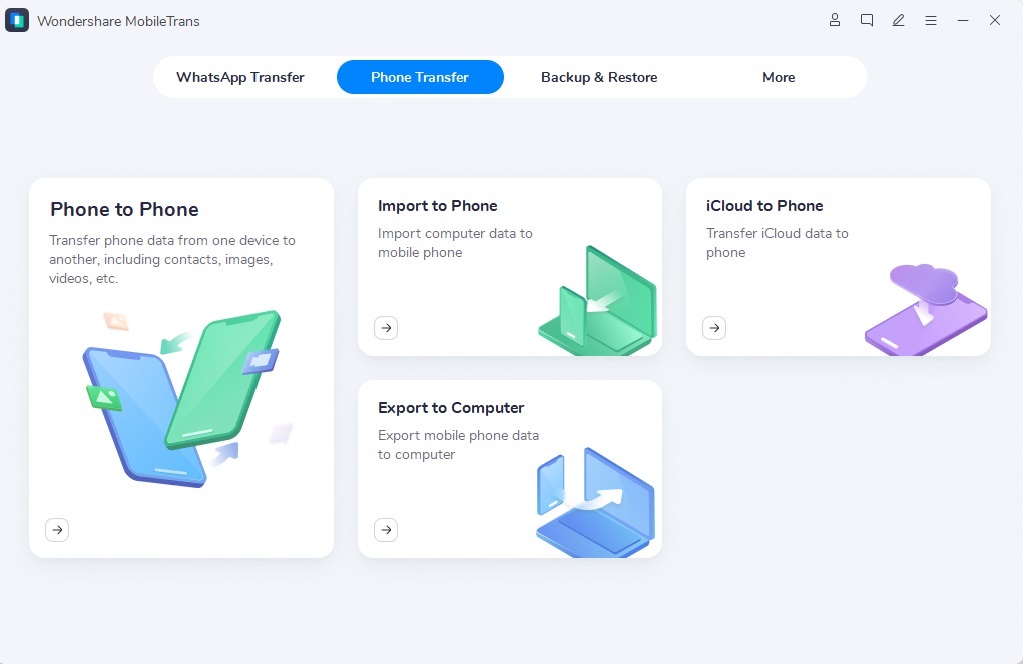
Step 2. Select files to export
Select data types, now 5 supported, in the sidebar on the left. Then choose the files you want to export to your computer.
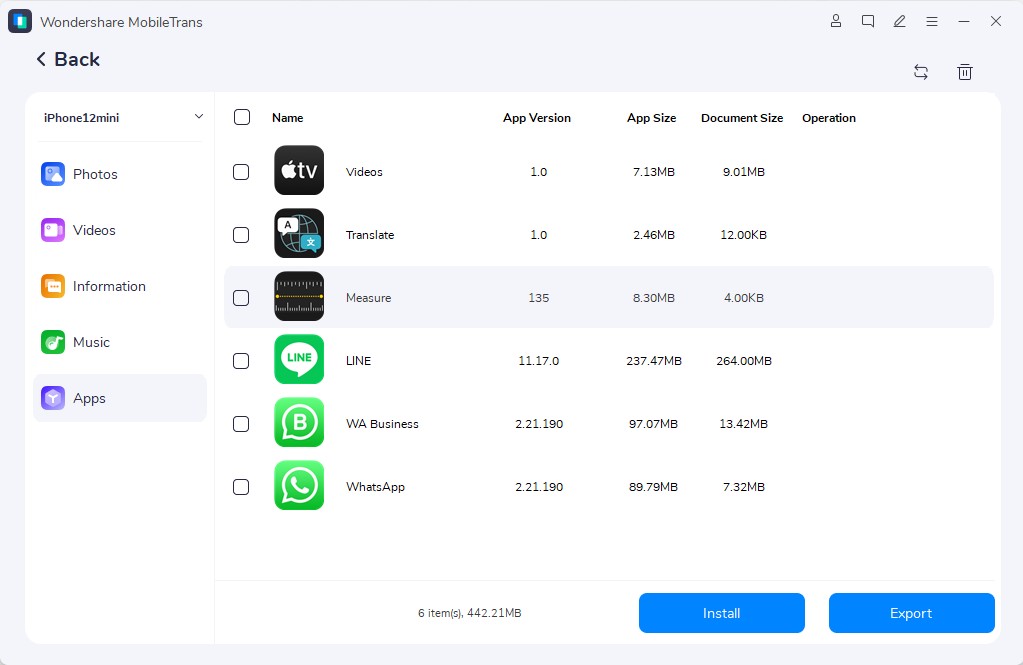
Step 3. Export Successfully
Keep your phone connected and export will complete in a while. You can also import these files to your phone when needed.
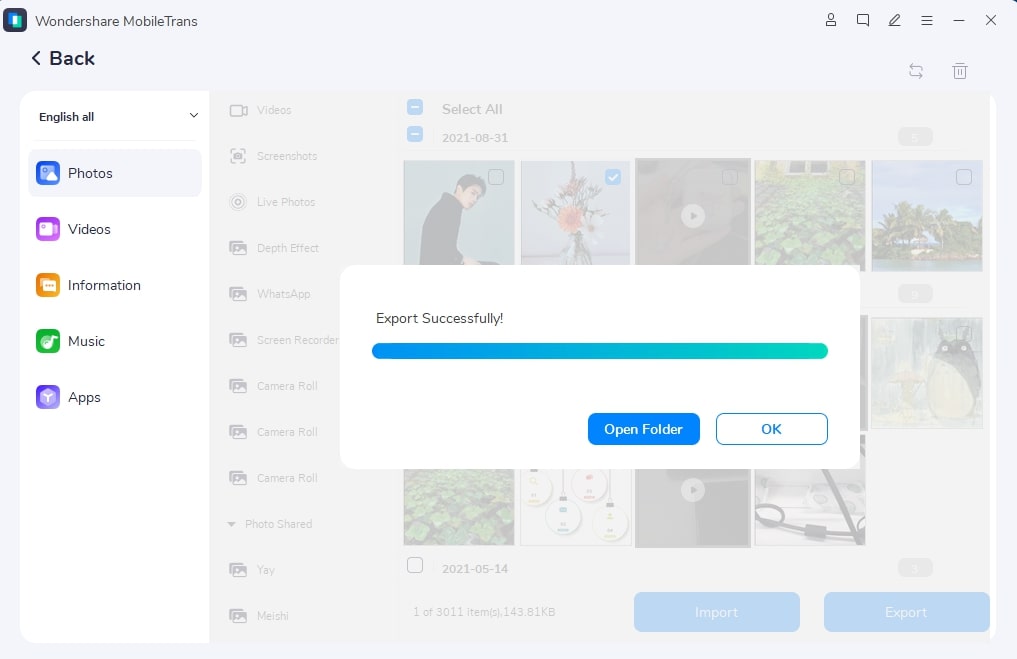
FAQs
1. How to move music from PC to iCloud?
iTunes (Windows) or Finder (Mac):
- Go to File > Add to Library (import music).
- Enable iCloud Music Library to sync.
iCloud.com:
- Upload files via web browser (limited to iCloud Drive).
💡 Tip: Use .m4a or .mp3 formats for best compatibility.
2. Does iCloud save original music quality?
Apple Music/iTunes Match: Compresses files to 256kbps AAC (DRM-protected).
iCloud Drive: Preserves original quality (no compression).
3. Why isn’t my music syncing to iCloud?
Common fixes:
- Check iCloud storage (Settings > [Your Name] > iCloud).
- Toggle Sync Library off/on (Settings > Music).
- Ensure Wi-Fi is connected.
The Closing Thoughts
The above guide teaches how to move music to iCloud storage without requiring advanced knowledge. As you can see, there are various workarounds that you can utilize to execute the operation flawlessly. You don't even need to install a third-party app.
However, if you wish to move music from your computer directly to your iPhone, the best way to perform the task is to use MobileTrans.
MobileTrans - Transfer Data between iOS and Android
Easy Data transfer between different phones. The 1-click solution to backup WhatsApp chats on iOS/Android devices.
New Trendings
Top Stories
All Categories
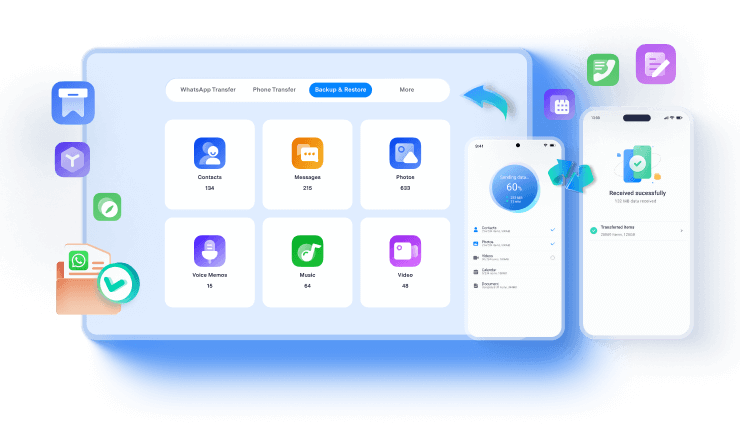
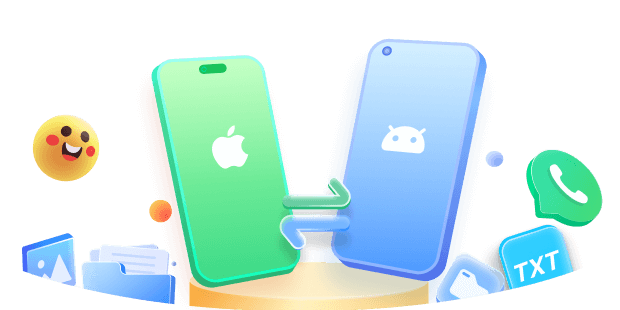











Axel Nash
staff Editor